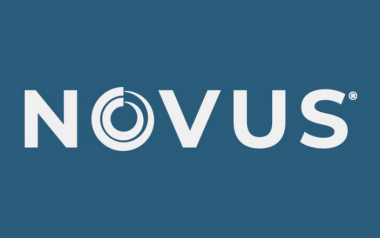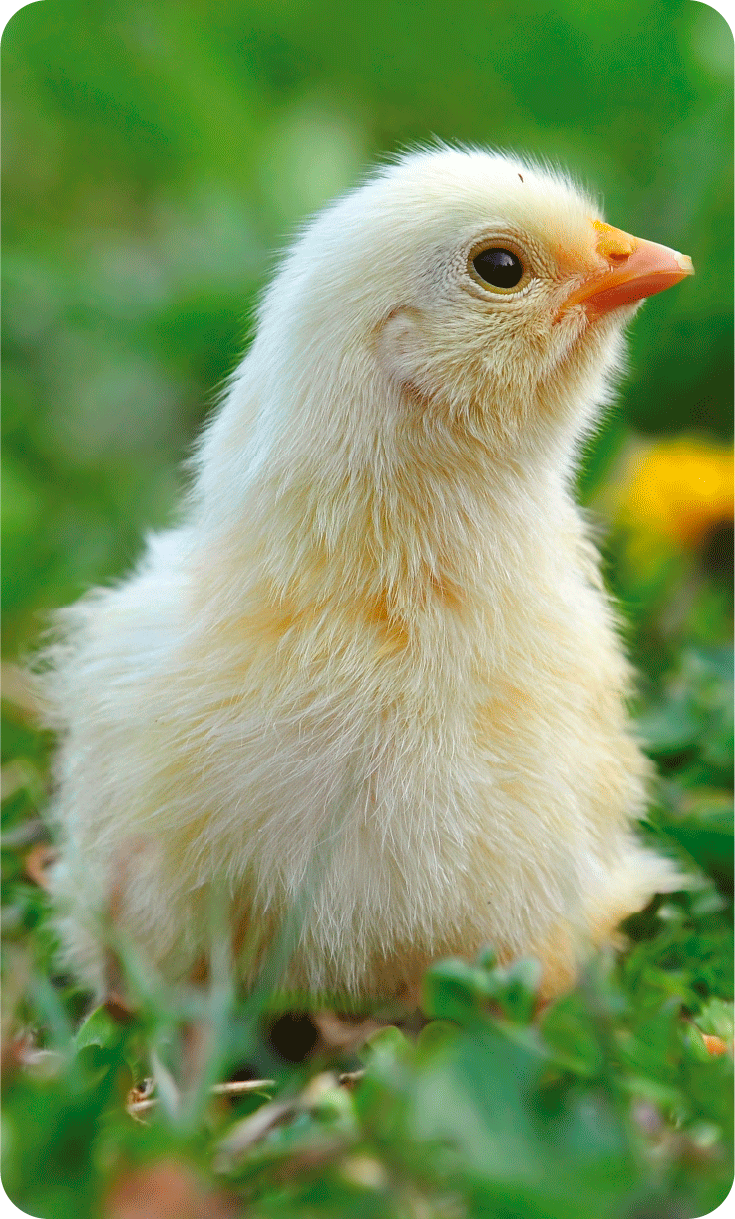
12 May 2020
Quality as a synonym of increased profitability in the production of animal feed
Content available at: Español (Spanish) العربية (Arabic)Feed and premix factories are of great importance to animal production in terms of […]
Content available at:
Español (Spanish) العربية (Arabic)
Feed and premix factories are of great importance to animal production in terms of meat production costs, in addition to contributing to animal health and ultimately influencing human health.
Due to this, the investment in quality cannot be ignored , otherwise we will have losses not only directly, considering the operations that take place in the factories, but also indirectly, as a reflection of the entire food chain.
According to FAO, several critical incidents affect animal and human health, also impacting the marketing of rations and food; Among these are:
- BSE
- Dioxins
- Mycotoxins
- E. coli O157: H7 contamination
- Development of antimicrobial resistance
We can also include the danger of Salmonella sp., which is often present in feed and premix factories.
To reduce the risk of these events, a series of quality protocols have been created that can be used by companies, and the choice of which one to implement should be based on the market in which the company operates, customer requirements, legal requirements, the company’s positioning in relation to the competition and the products manufactured (food or premix).
It is important to highlight that the quality standards that are legally required must be implemented and the other protocols are of voluntary compliance, such as HACCP, ISO 22000, FSCC 22000, FAMI-QS, GMP + among others.
What is common to all these protocols is their preventive nature in relation to product safety, in which we analyze the risk from raw materials to product consumption and that are based on the Codex Alimentarius², which develops standards and codes of practice in order to make food production safe in any country in the world that is a signatory.
If we thought only about the safety of the products that are placed on the consumer market, the investment in quality would have already paid off, because we would be acting in the prevention of important diseases, as previously highlighted. But quality goes far beyond safety, it is a business management tool, with specific requirements such as those found in ISO 22000, FSSC 22000 and FAMI-QS .
To achieve safety objectives, we use prerequisite programs that also help us to save resources, as in the case of supplier management, which leads to better negotiation, quality improvement and risk reduction.
The management or qualification of suppliers is an extremely sensitive point for companies, because when it is not elaborated and implemented correctly, it causes damage to both quality and production; companies that invest in qualifying their suppliers are guaranteed to receive only what was contracted.
Otherwise, if there are no clear rules on the purchase, return and exchange of products, they will end up having to use a lower quality raw material or input, which leads to a decrease in the quality of manufactured products and has a negative reflection on the consumer.
The generation of quality data also helps the return on investment, since it allows us to analyze the situation of the entire operation and anticipate future investments , in addition to showing us which points are fragile, thus saving resources by using them in the correct way, in situations that are really necessary.
Many companies do not analyze the data collected and lose the opportunity for continuous improvement, which is expected of each quality program, since quality is not static, but constantly changes, so that we can improve at the points where the organization is not doing very well.
Quality standards also lead to decreased rework or rectification and non-compliant products, which means lower costs and better customer service.
During protocol implementation, all operational procedures are reviewed and adjusted, reducing rectification.
As the rules are preventive in nature, no danger or defect can pass from one stage to another without first being corrected, reducing non-conforming products, which lead to claims, changes, product discarding and loss of customers.
The critical analysis meeting by management is a requirement present in several certification standards, where quality performance indicators are analyzed and customer satisfaction is measured.
Another point of opportunity for continuous improvement is risk management, that is, the company must know and take action on the risks that affect it both positively and negatively, and there are different tools that can be used to manage risks.

It is interesting to note the change that occurs with collaborators, who, through education and training, are more committed to their work as they perceive the importance of their activities to guarantee the health of animals and people, thus positively impacting productivity and decreasing employee turnover.
By covering the various areas of the company, such as senior management, purchasing, human resources, production, quality, sales, among others, the standards address quality in a broader sense and not only in terms of safety, which leads to more assertive communication between the different departments so that the quality requirement is reached.
Investments in quality always generate profits, either from an economic or safety point of view, as well as increasing consumer confidence in the brand. Companies that have not yet made this investment end up losing clients or not reaching new markets.
The companies that obtain the certification conquer more demanding markets and / or clients by reducing uncertainties in the negotiations.
In the case of poultry, mostly made up of integrators, the feed factories acquire an even greater importance, because animals always consume the feed produced in the same factory, meaning that, in case of contamination, such as by Salmonella sp., the whole operation would quickly be affected, resulting in significant economic losses.










































